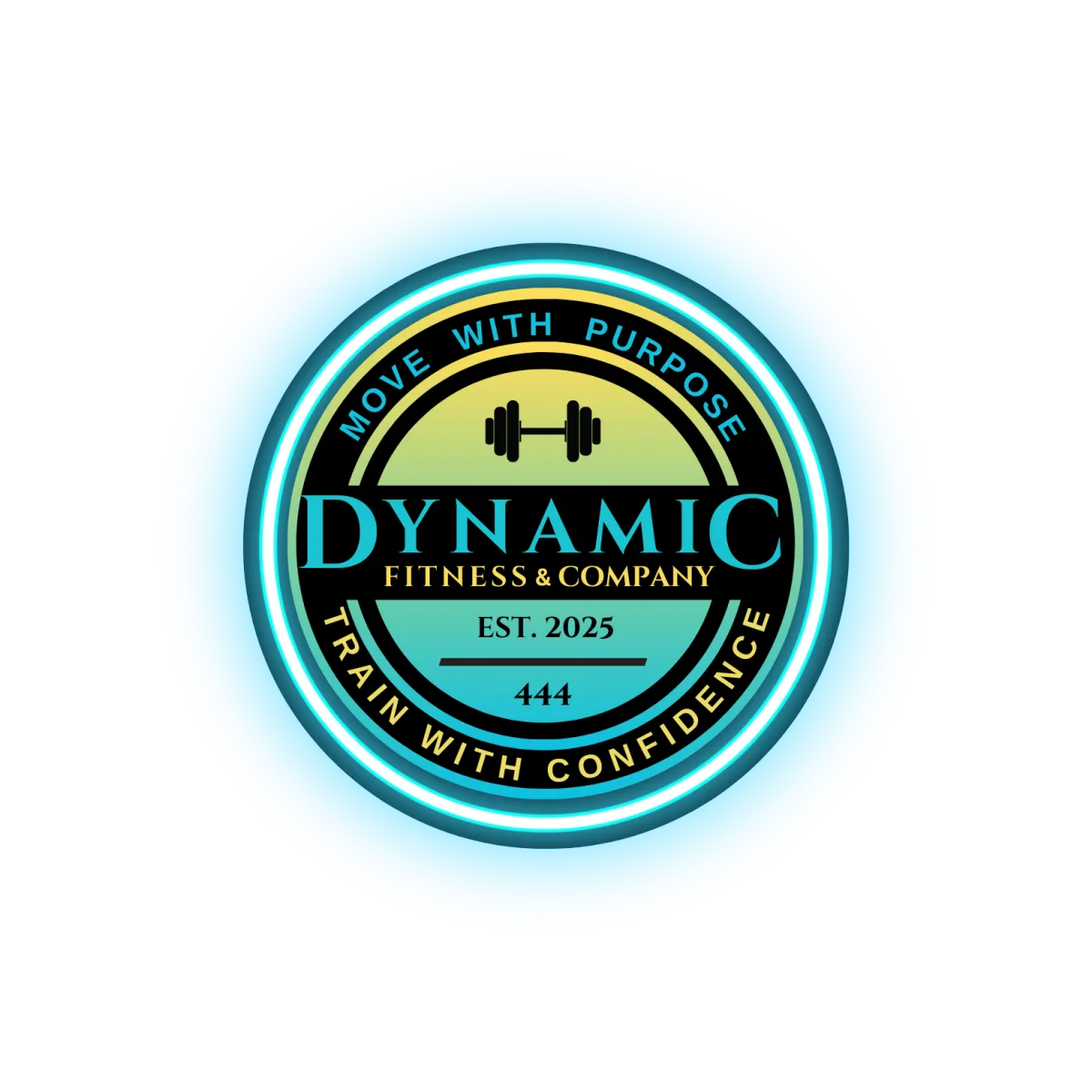Dynamic Fitness & Company Blog

So You Threw Your Back Out? Here’s What Really Happened (and How to Fix It)

So You Threw Your Back Out? Here’s What Really Happened (and How to Fix It)
We’ve all been there. You bend over to pick up your gym bag, twist the wrong way, or hit that one rep too confidently and bam your back locks up like a car alarm. Suddenly, you’re walking like a robot and Googling, “Did I just ruin my spine?”
Let’s get one thing straight: you didn’t “throw your back out.” You likely pulled a muscle and while it feels dramatic (because it is), your body is doing exactly what it’s designed to do.. to protect you.
Here’s what’s really going on, how to fix it, and how to make sure it doesn’t happen again.
1. The Reality Check: You Didn’t Throw Anything Out
When people say they “threw their back out,” what they’re describing is a muscle strain, protective spasm, or a joint irritation around the spine. It feels like something “slipped,” but in reality nothing’s out of place. Your spine is strong, stable, and not that fragile.
What actually happens is this:
A muscle gets overstretched or overloaded during movement (usually when the core isn’t properly braced).
The surrounding muscles instantly tighten up to “lock down” the area and prevent further damage.
The result? Pain, stiffness, and the feeling that your back betrayed you.
Common culprits include:
Lifting with your back instead of your hips
Twisting while picking something up
Sitting too long, then suddenly training like an athlete
Skipping warm-ups or stretching entirely
Random workouts that shock your nervous system
Your body’s not broken it’s reacting. The spasm is a protection mechanism, not a punishment.
2. Why Pulled Muscles Happen
A pulled muscle is your body’s version of a check engine light. It’s telling you something’s off usually your load, movement pattern, or readiness.
Overload Without Foundation
You can’t skip the fundamentals and expect your body to play along. Jumping into a heavy deadlift, a sprint, or a HIIT class cold is like redlining an engine before it’s warm. Muscles and joints need preparation that’s what mobility drills and dynamic warm-ups are for.
Compensations and Weak Links
If your hips are tight, your core is asleep, or your glutes are underperforming, your lower back picks up the slack. And your lower back? It’s a stabilizer, not a mover. When it starts moving more than stabilizing that’s when strains happen.
Random Programming
Your body thrives on progression, not confusion.
If your “plan” changes every week depending on the influencer of the day, you’re constantly throwing your system into new stress without adaptation. Random equals risky.
“If your workouts change more often than your Netflix recommendations, your body never learns to adapt it just learns how to survive.”
3. The Recovery Blueprint
You tweaked it now what? Don’t panic. Recovery doesn’t mean doing nothing, and it doesn’t mean grinding through pain. The key is graded movement by giving your body just enough challenge to heal stronger.
Phase 1: Acute (First 48–72 Hours)
Move gently, don’t immobilize. Bed rest is outdated advice. Walk, stretch lightly, but avoid anything that spikes pain.
Ice or heat? Whichever feels better. Science says the effect is minimal and comfort is what matters.
Avoid panic lifting. No “testing” the pain every few hours. It’s there. Let it breathe.
Phase 2: Re-Activation (Days 3–10)
Now’s the time to restore movement and blood flow.
Focus on:
Cat-Cow and Bird-Dog: gentle spinal motion and core re-engagement.
Glute Bridges: wake up your posterior chain (the one that probably clocked out).
90/90 breathing or dead bug holds: retrain your core to stabilize your spine again.
Keep everything pain-free and controlled. You’re reprogramming movement, not chasing a pump.
Phase 3: Rebuild (Weeks 2–4)
This is where you strengthen what was weak. Reintroduce lifting, but start with bodyweight and controlled tempo.
Hip hinge work (light RDLs, kettlebell deadlifts)
Core bracing drills (plank variations, Pallof presses)
Single-leg stability work (step-ups, split squats)
Your goal isn’t to baby the back it’s to restore confidence in movement.

Fix the Pattern, Not Just the Pain
If you’re ready to finally fix those pesky “thrown backs,” it’s time to stop guessing and start rebuilding the right way.
I’ll assess your hinge, core, and weekly load, then give you a plan that keeps you strong not sidelined.
Book your Back-Safe Assessment:
👉 https://dynamicfitnesscompany.com/coaching smarter. Move better. Feel human again.

4. Prevention: The Unsexy Stuff That Actually Works
Everyone wants the flashy program. Few want the prep work. But the difference between someone who trains for decades vs someone who’s always injured? Consistency and smart structure.
Warm Up Like You Mean It
A few arm swings don’t count. Dynamic prep should prime mobility, activation, and readiness 5–10 minutes that make your lifts cleaner and safer.
Train with Intention
Follow a program that progresses logically. That means intentional overload, deload weeks, and proper recovery built in. Random = risk.
Recovery Isn’t Optional
Sleep, hydration, and mobility aren’t bonuses they’re insurance. The more you train, the more recovery matters.
Form Is King
If you’re unsure, film your lifts or get coached. A professional eye can fix what you can’t feel.
“There’s no badge of honor in pushing through pain. There’s only a hospital bill.”
5. When to Get Help
If pain lasts longer than 10–14 days, radiates down your leg, or includes numbness/tingling it’s time for professional help. You could be dealing with nerve involvement or a deeper structural issue. Don’t wait it out get evaluated.
Final Thoughts: Move With Confidence, Not Fear
A pulled muscle isn’t the end of your training journey it’s a signal to train smarter. The body’s resilient when you treat it with respect.
At Dynamic Fitness & Company, we teach you how to move with precision, not panic. So next time something feels off, don’t hit Google. Hit reset, rebuild, and move forward with purpose.
Ready to Stop Throwing Your Back Out for Good?
Train with a coach who prioritizes longevity + strength.
We’ll clean up your mechanics, progress your lifts, and bulletproof the usual weak links.
Start your Back-Safe Strength Plan:
👉 https://dynamicfitnesscompany.com/apply
Includes video form checks + progression map.

📌 Not sure how many calories are right for you?
One of the biggest game-changers in your health journey is knowing your BMR (Basal Metabolic Rate). This number is how many calories your body needs just to function.
👉 Take our quick BMR Quiz and I’ll personally send you your custom calorie target so you know exactly where to start.
🍽️ Download Your Free Meal Plan
Choose the version that fits your lifestyle best each plan includes sample meals with full macros:
🔹Standard Meal Plan – 1700 Calories
🥑 Keto Meal Plan – 1700 Calories

